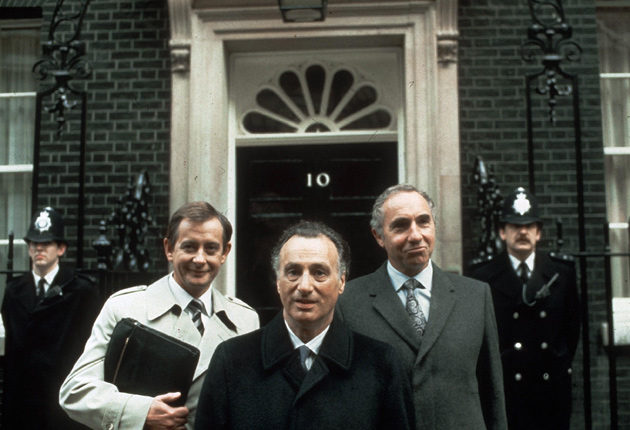In about 11 hours Prime Minister Theresa May will give a speech at Lancaster House, London to outline her strategy for leaving the European Union
by Kate Burrows-Jones
WorldMedia North America Editor
.
In a keenly anticipated speech this morning, Prime Minister Theresa May is expected to formally announce that the United Kingdom is leaving the European Union and will present a strategy to do so. May will respond to critics, who have accused her of lacking a clear strategy for Brexit, by providing more detail than ever before regarding the Government’s plan. This comes as the Chancellor of the Exchequer , Philip Hammond, pledged that the country would do whatever it has to do if the EU attempts to impose tariffs and trade restrictions on the UK when it has left the EU.
Choosing the venue carefully, Lancaster House, associated with historic meetings and conferences of international significance and past imperial connections, the Prime Minister gives formality and weight to the message. Britain has added power behind it with fresh negotiating leverage with the EU in the form of a potential UK-US trade deal that would open up lucrative trading ties for a post-Brexit Britain with the United States. US President-elect Donald Trump has put the UK first in line for a deal, pledging to offer the UK a swift trade deal within weeks of taking office. Mr Trump’s messenger was none but The Time’s newspaper, associated with Britain throughout the world and the commonwealth. No Trump official messenger was needed however with the Time’s byline by a leading anti-European union politician Michael Gove, a former minister and a member of parliament since 2005. Mr Trump strongly signaled on which side of the debate going on in UK for six months the coming American administration stands.
A trade deal with the US would be beneficial to both Mrs May and Mr Trump. The American leader can achieve a quick win with a trusted partner early in his presidency. A return to a special relationship with UK against the backdrop of an electorate sharply divided over his victory will create needed momentum behind him for the closely watched first 100 days. In a letter sent Monday to Mr Trump, the British leader made references to the WW2 alliance and Sir Winston Churchill’s friendship with President Franklin Roosevelt. The White House and Downing street are working on a visit by Mrs May early March.
The Prime Minister’s strategy to exit will be to strike bilateral deals with old and new trading partners in the hopes that the ties will strengthen Britain and help her ride out a painful exit from the EU, as well as making the UK a more attractive future trading partner for the EU. Mrs May has been pushing to remain in the single market, which the EU will not allow without the UK also accepting the free movement of people. With immigration concerns having been a central driver of the Leave vote, however, the UK cannot accept these terms. The EU, meanwhile, cannot be seen to allow the UK to dictate its exit terms, which would risk encouraging other EU member nations to follow the UK out of the bloc.
Feeling the Trump wind behind her sail, the British leader is expected to repeat Mr Hammond’s warning to the EU that if the negotiators got difficult with their British counterpart then London will take a much tougher line. There could be a trade war, something European exporters, especially the French and the Germans will surely lose since the trade deficit last year was £23.8 bn in favour of EU.
The Prime Minister is expected to say The UK will not accept a deal with the EU modeled on trade arrangements with any non-EU country, nor on existing models associated with the EU internal market, but will go for a bespoke deal that fits the United Kingdom’s needs and conditions.
